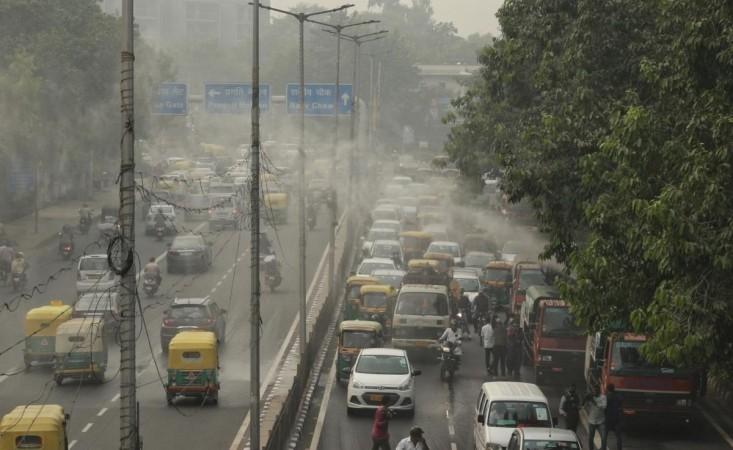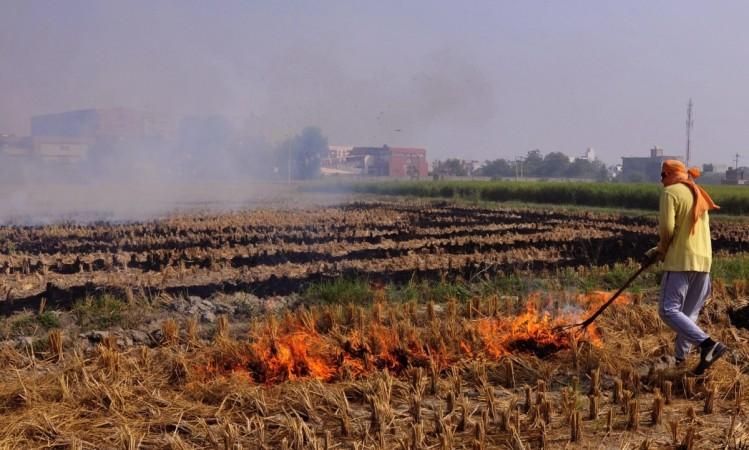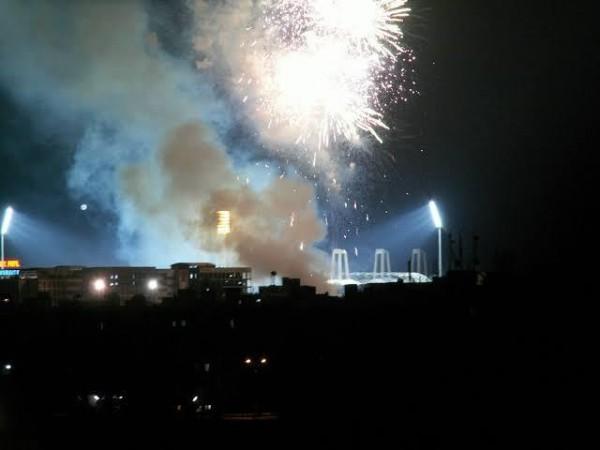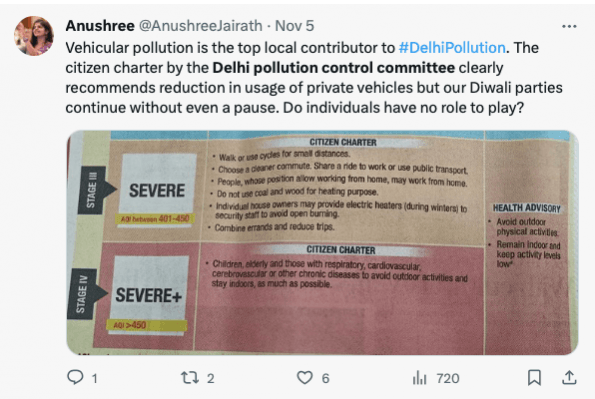
But those residing in the Capital know all too well that all the measures are nothing more than topical symptomatic treatment and far away from the permanent cure it desperately needs for air quality. But what makes Delhi's pollution a challenge every year and why has it been impossible to overcome so far?
Why has the issue of stubble burning not been resolved?
Unfortunately, stubbles burning from the states of Punjab and Haryana and crackers, are massive contributors of air pollution. Even more unfortunately, the issue has been subjected to politics and garnered communal connotations along the way, actually making it impossible to come up with any real and objective solutions.

As for the large stacks and mounds of field-long stubble that needs to be gotten rid of within fifteen days of the window period that nature allows to farmers between crop cycles of paddy and wheat, hardly anything has been done. Each year news of engineering ingenious coming up with solutions to stubble burning makes its way to news.
Paying for manual harvesting, weed seed control, biomass based power plants, Bio-Enzyme PUSA developed by Indian Agriculture Research Institute fall behind the instant, cheap and tempting solution of setting the stubble to fire. But any effective solution will be found only if and when the government bears all the straw management costs and strict rules for the defaulters.
On Tuesday, the Supreme Court said Delhi's air is, "a murder of people's health," emphasizing how air pollution can't become a subject of debate or political sides. Without mincing words, the SC said that the burning of crop residue in the neighboring states of Punjab and Haryana remains a key factor behind Delhi's winter air pollution as does vehicular traffic. "Crop burning is a major issue. That needs to be sorted out. Then vehicular pollution," it said. "Something has to be done."
Similar words echoed exactly four years ago, when in 2019 SC summoned the Chief Secretaries of Punjab, Haryana, Delhi and Uttar Pradesh to direct them to provide Rs 100 per quintal financial assistance to farmers for managing stubble. However, the measure ran into several roadblocks, including the state and Union governments trying to bail out on the incentives and pass on the economic burden, half-hearted implementation etc. Several ground reports argue that providing free machinery or a mechanism to purchase stubble from the farmers will fare far better. However, as the paddy stubble still lies in the fields, and Punjab alone having recorded 45000 farm fires already, clearly there is a wide difference between how a solution appears on paper and how it pans out in reality. Rising diesel prices have made straw management machines unviable.
Many reports highlight that farmers are not aware of bio-decomposers, those who are, doubt its efficacy because of the difference in soil type. As a result, any solution to the problem remains at surface level each year. To see effective implementation, governments will have to come up with ways and see through things till they reach the ground level. Literally.
Weddings, festivities and crackers
According to real time data, the average AQI was recorded at 470 on the morning of November 6, prompting the new breed of Capital's Instagram influencers to show screenshots and question in futility, "What can be done?" A lot actually, but it'll take government resolve, strict implementation and above all, cooperation of the people. While Haryana has opened a window for green crackers, the same has not been done by Delhi which has banned all kinds of crackers.

Unless the AQI falls below 200, police in Ghaziabad and Noida will not issue any licenses to sell firecrackers before Diwali, not even green crackers, this year. But then offenders in the states galore and the availability of crackers depends on who is procuring them.
However, it's the vehicular pollution
Vehicles remain the undebatable, direct and worst offenders when it comes to pollution. Emissions by vehicles remain a staggeringly major contributor, with CSE (Centre for Science and Environment) analysis showing that local sources caused around 32.9 percent of the pollution in Delhi from October 21 to 26 of this year. The week the city recorded the first day of very poor AQI. The analyzed data indicated that of the local sources, much of the air pollution was caused by vehicular emissions. Around 51% of the Capital's own contribution to PM 2.5 levels during the said time.

This year, a sub-committee of the Commission for Air Quality Management in NCR has implemented severe-plus measures under Graded Response Action Plan (GRAP). For the first time, LCV registered outside Delhi will be restricted, other than EVs or CNG. After four-years the odd-even scheme will return after Diwali. There are campaigns by Delhi Pollution Control Board urging people to work remotely if they have the option. But any measure remains inconclusive, ineffective.
"Why not highly subsidize EV's and boost EV infrastructure?" questions a social media handle highlighting the union government's decision to reduce the 40% maximum incentive cap to 15% for electric two-wheelers. The amendment that came into effect from June of this year, saw an immediate impact in terms of decreased electric vehicle sales. After the incentives ended, the highly price-sensitive Indian market responded unfavourably.
The measures are temporary and seasonal while the challenge remains the same each year, only the AQI index keeps rising to dangerous levels.

Related

















